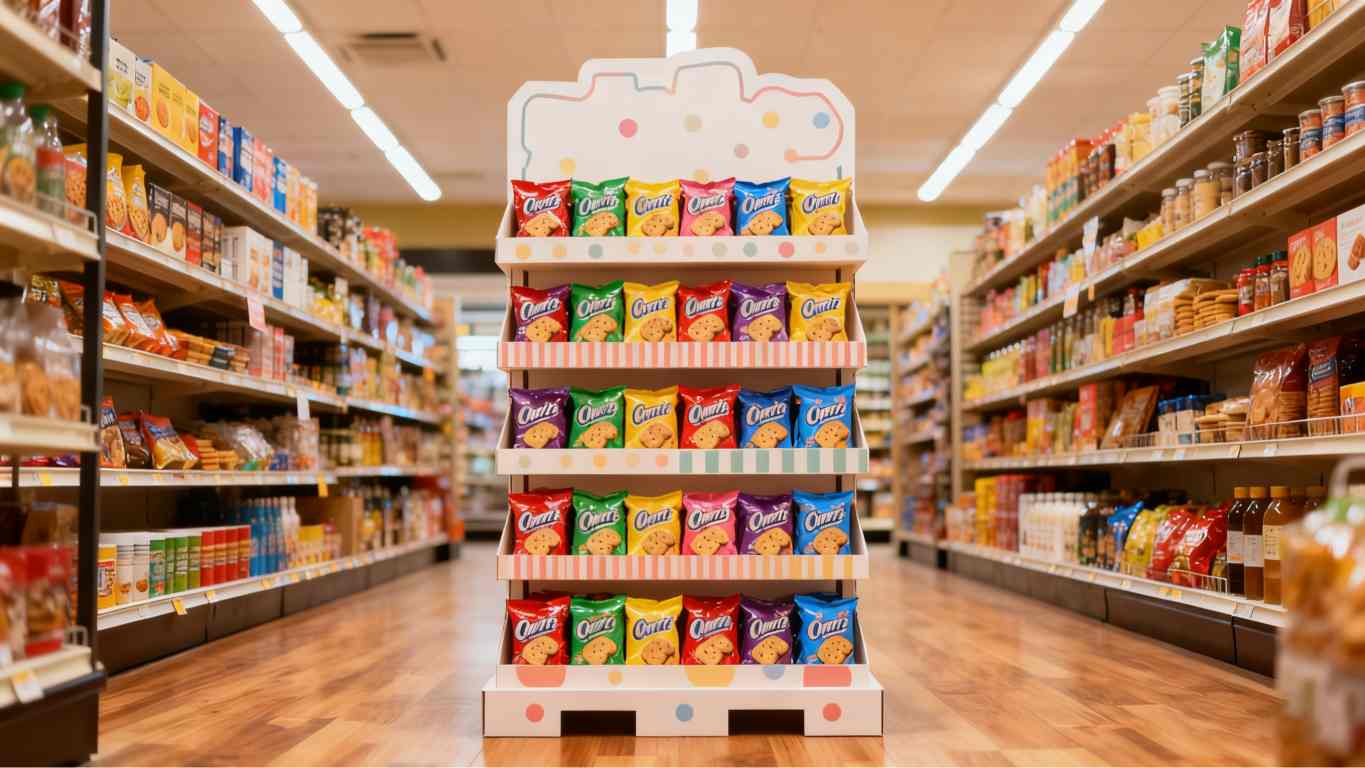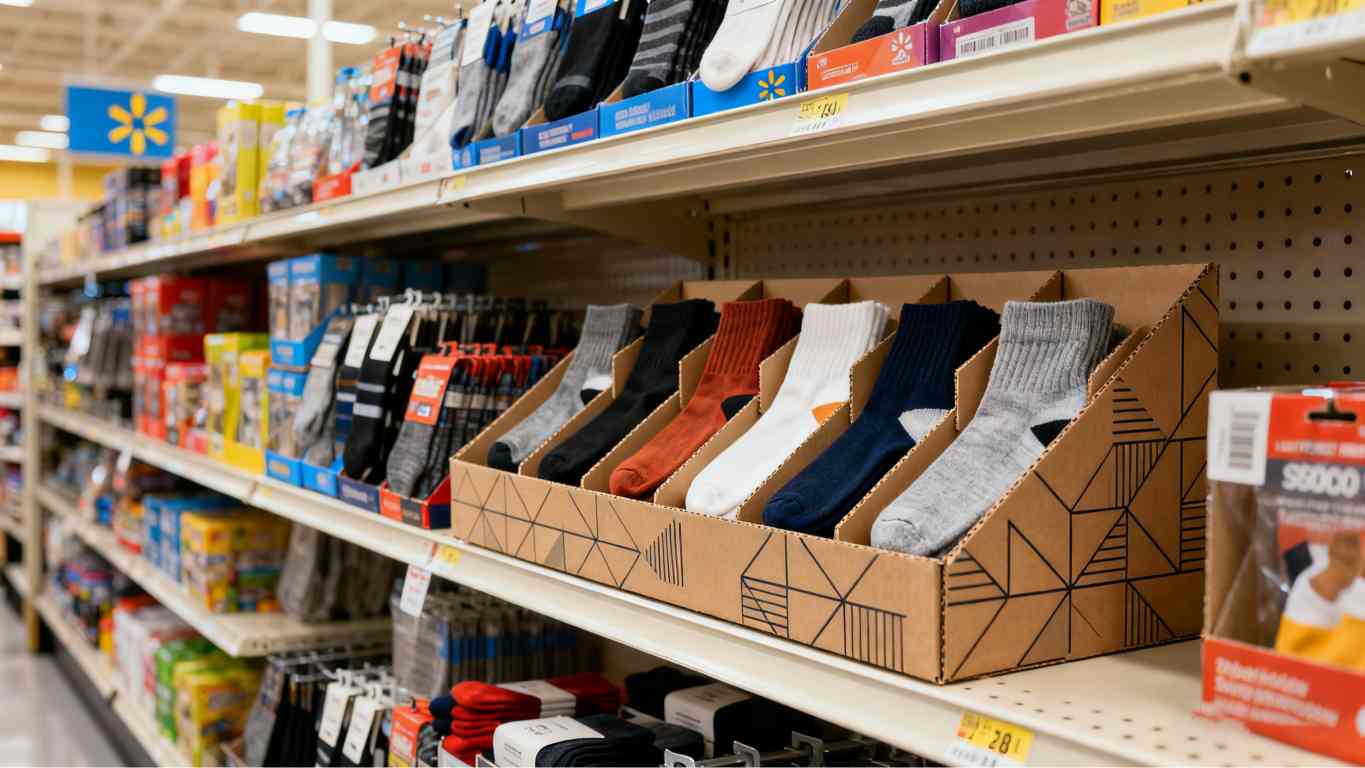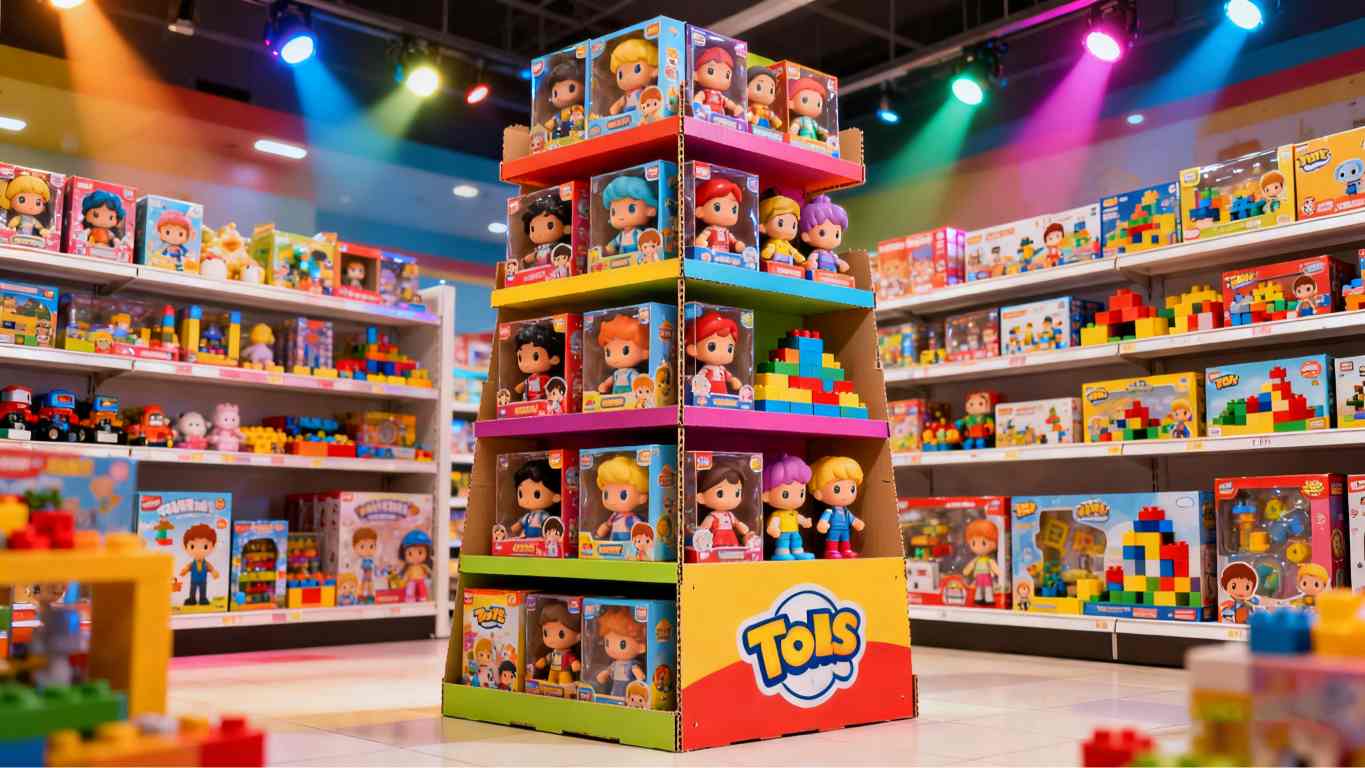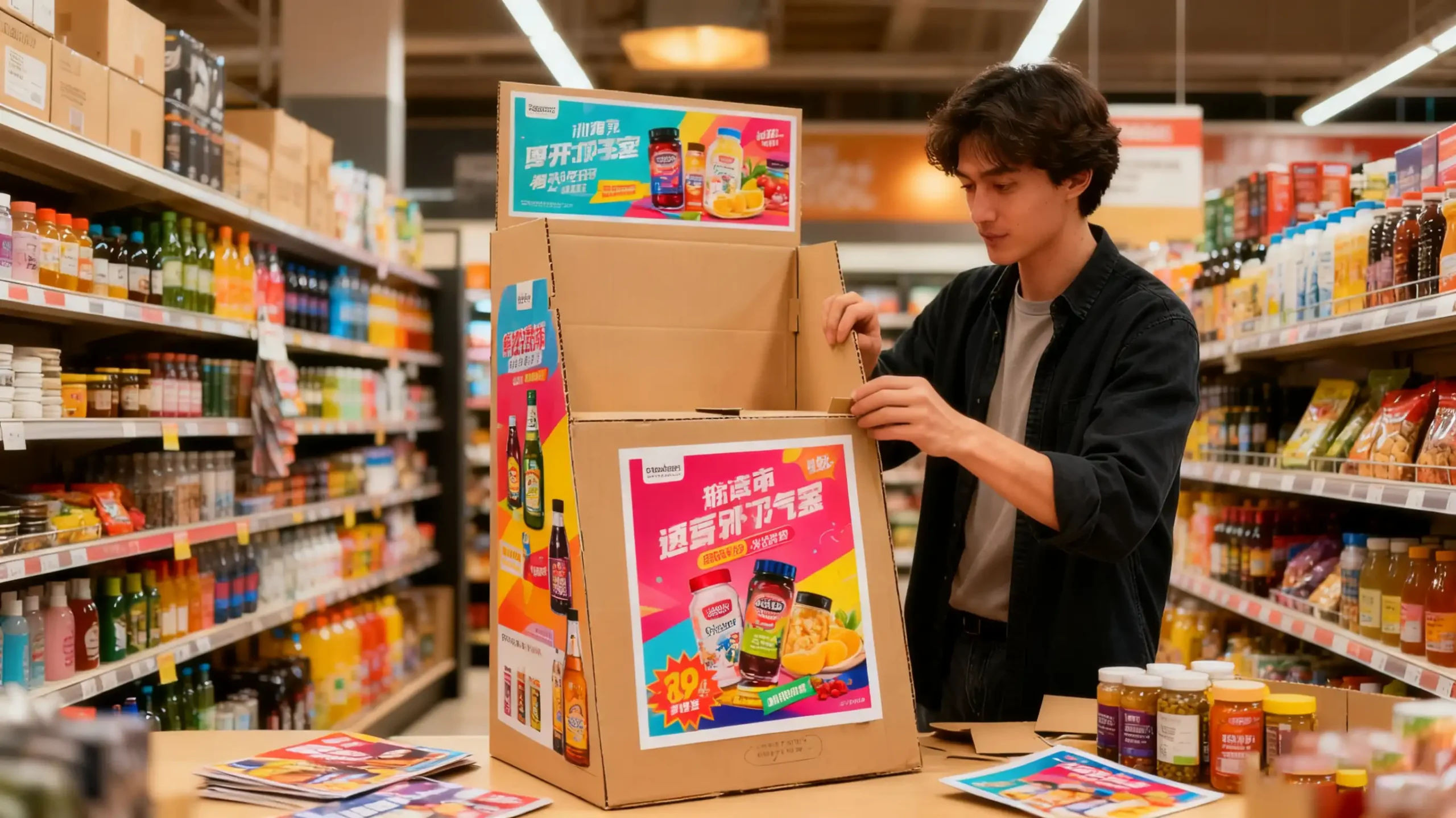Your amazing cosmetic products are getting lost on crowded shelves. This hides your brand's quality, leading to missed sales and a feeling that your hard work isn't being seen.
To choose the right cosmetic display, you must first define your goal, whether it's for a short-term promotion or long-term branding. Then, select a material and design—like cardboard, acrylic, or metal—that aligns with your brand’s image, your budget, and the retail environment.
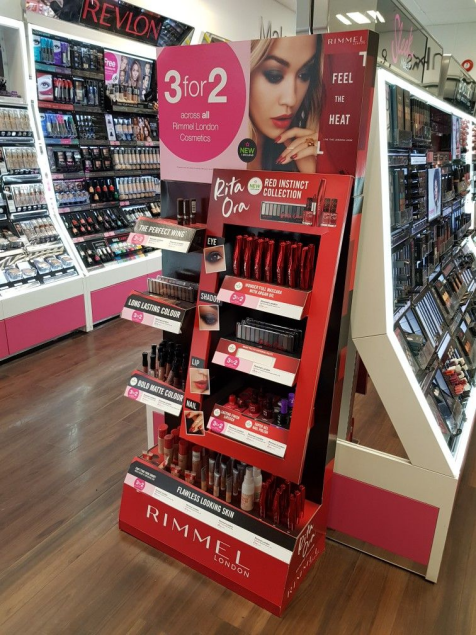
Choosing a display stand is one of the most critical marketing decisions you'll make for a physical store. I've been in this industry for 16 years, and I've seen firsthand how the right display can transform a product from invisible to irresistible. It's not just a piece of furniture; it's a silent salesperson working for you 24/7. It's the first physical handshake between your brand and your customer. This guide breaks down what I've learned, so you can make a choice that truly makes your products shine and drives your sales. Let's get into the details.
What Material Works Best for Cosmetic Displays?
You chose a display that looked great at first, but now it's cracked and looks cheap. This damages your premium brand image and makes customers question the quality of your products.
Cardboard is best for cost-effective, short-term promotions with vibrant graphics. Acrylic provides a sleek, modern look for premium items. Wood offers a natural, high-end feel, while metal ensures maximum durability. Your choice depends on your campaign length, brand identity, and budget.
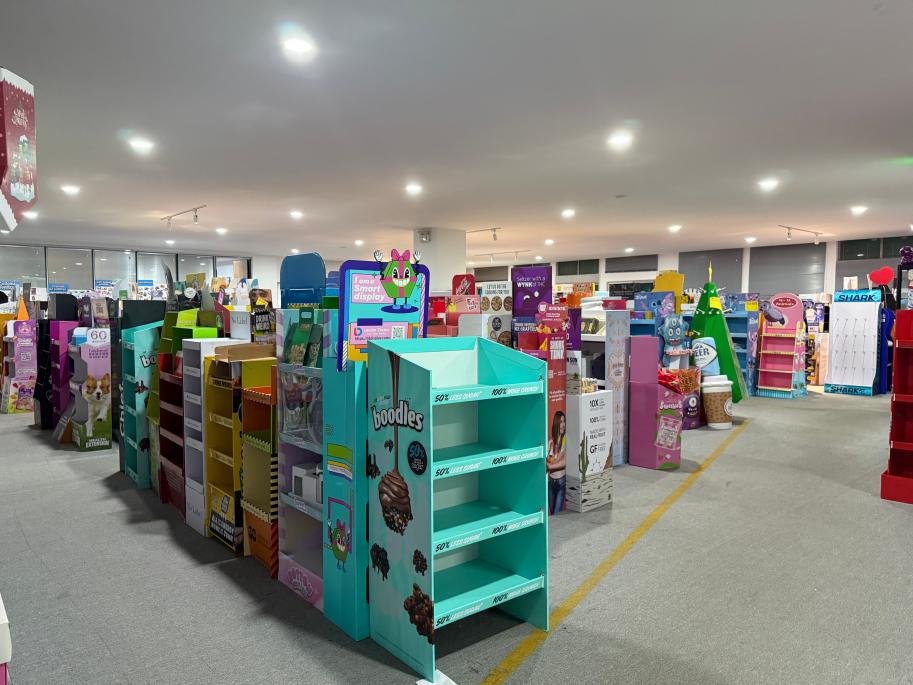
The material you choose sets the entire tone for your product presentation. It’s a decision that directly communicates your brand's values to the customer before they even touch the product. After spending years working with brands big and small, I've learned that there is no single "best" material, only the "right" material for a specific job. For a designer like you, understanding these nuances is key to creating something that is not only beautiful but also practical and effective.
Let's break down the most common choices.
Comparing Display Materials
Each material has its own strengths and weaknesses. The key is to match them to your specific needs, from budget to brand aesthetic.
| Material | Best For | Durability | Cost | Design Flexibility |
|---|---|---|---|---|
| Cardboard | Short-term promotions, launch events | Low (weeks to months) | Low | Very High |
| Acrylic | Premium, modern branding, long-term | Medium-High | Medium-High | Medium |
| Wood | Natural, luxury, or eco-friendly brands | High | High | Medium |
| Metal | Industrial look, high-traffic areas, security | Very High | High | Low |
A few years ago, I worked with a startup skincare brand. They initially wanted expensive acrylic displays for他们的launch. After we discussed their short-term, 3-month campaign and tight budget, I showed them what we could do with high-quality corrugated cardboard. We designed a structurally creative, flat-packable display with beautiful, full-color printing. The cost was a fraction of the acrylic quote, and the savings on shipping alone were huge. The client was thrilled, and the campaign was a massive success. It's a perfect example of how the supposedly "cheaper" material was actually the smartest choice.
Should You Choose a Countertop or Floor-Standing Display?
Your new product is placed in-store, but it's not getting any attention. It’s either too high, too low, or completely lost in the visual noise of the aisle.
Use compact countertop displays at checkout for impulse buys and to feature small hero products. Use large floor-standing displays to create a dedicated brand zone, launch a new collection, or tell a more immersive story away from the main shelving.

One of the first questions I ask a client is, "Where do you want to meet your customer?" The answer determines whether a countertop unit or a floor-standing display is the right tool for the job. You can't just think about the display itself; you have to think about its context within the retail environment. An amazing floor display is useless if the retailer only has space by the cash register. As a designer, planning for placement is just as important as the structural design itself. It's all about putting the product on the path to purchase.
Maximizing Impulse Buys with Counter Displays
Countertop (or PDQ) displays are your masters of the impulse buy. They live where the customer is already committed to spending money: the checkout counter. Their small footprint makes them ideal for showcasing things like lip balms, mini-perfumes, or a promotional "item of the week." The design challenge here is to grab attention quickly and make the purchasing decision simple. The display needs to be stable, easy to shop from, and clearly priced. It’s about creating a moment of temptation just before the final transaction.
Creating Immersive Experiences with Floor Displays
Floor-Standing Display Units (FSDUs) are your brand's embassy in the store. You use them when you have a story to tell. Are you launching a whole new line of foundations? An FSDU can hold every shade, along with testers and mirrors. Are you promoting a new "vegan and cruelty-free" collection? Your floor display's materials and graphics can scream that message from across the aisle. With floor displays, you have the space to build a world around your product. I once worked on a display for a summer-themed bronzer line. We designed the FSDU to look like a tiki hut, complete with a textured cardboard "thatched" roof. It was impossible to miss and immediately communicated the product's vacation vibe.
How Can Your Display Design Amplify Your Brand Identity?
You have a beautiful display, but it feels generic. It could be holding any brand's products, and it doesn't communicate what makes your company unique or special.
Your display's design must be a physical extension of your brand. Use your exact brand colors, fonts, and logos. The shape and structure should also mirror your brand's personality—sleek for a modern brand, or natural and textured for an organic one.
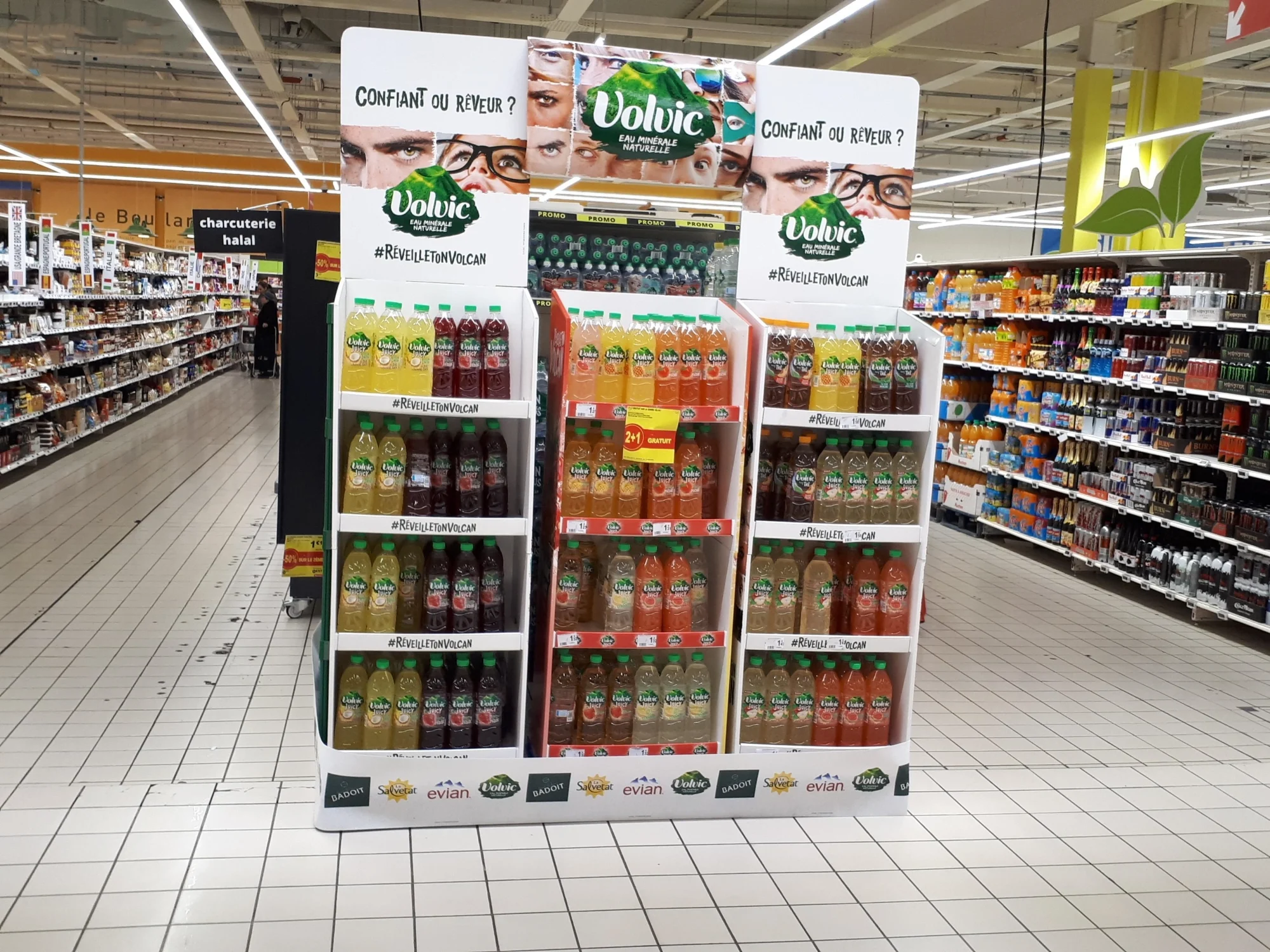
A display stand is more than a holder; it's a storyteller. In my experience, the most successful displays are those that feel like they could only belong to one brand. When a customer sees it, they should instantly know who is speaking to them. This isn't just about slapping a logo on a box. It’s about weaving your brand's DNA into the very structure, colors, and textures of the display. For a designer, this is where you can be truly creative and add immense value, turning a simple structure into a powerful piece of communication.
Structural Storytelling
The shape of your display says a lot. A display with clean lines, sharp 90-degree angles, and a minimalist feel communicates modernity, science, and precision. This works perfectly for a cosmeceutical brand. On the other hand, a display with soft curves, rounded edges, and organic shapes feels gentle, natural, and friendly. I worked with a natural baby care brand, and we designed their display with wavy, soft-cut cardboard edges. It subtly communicated the gentleness of their product before the customer even read a single word.
The Power of Color and Finish
Color is the fastest way to communicate a feeling. Use your established brand palette consistently. But don't stop there. Think about finish. A high-gloss finish can feel luxurious and premium. A matte finish can feel more modern and understated. For an eco-friendly brand, we once used uncoated, brown kraft board with simple one-color printing. The material itself became part of the message, telling a story of sustainability and simplicity that perfectly aligned with their brand ethos. It’s these thoughtful details that make a design resonate with the right audience.
How Do You Balance Budget and Impact with Your Display Choice?
You're worried your limited budget means you're stuck with a boring, ineffective display. This can lead to a failed campaign, wasted money, and frustration for your entire team.
To balance budget and impact, focus on cardboard. It offers incredible design flexibility and high-quality printing at a low unit cost. Maximize ROI by designing it for flat-packing to save on shipping and for easy assembly to cut down on in-store labor costs.
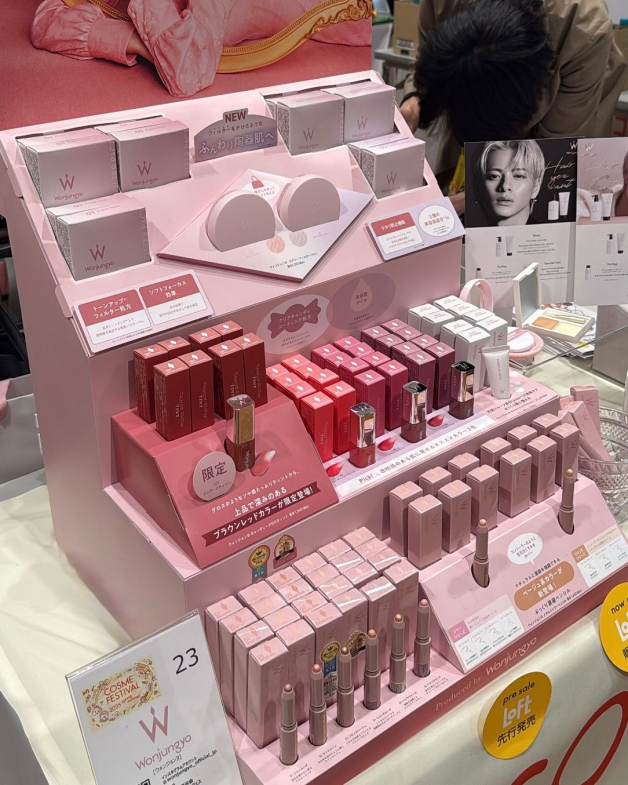
This is the question I deal with every single day. Everyone wants a knockout display, but everyone has a budget. The good news is that "low cost" does not have to mean "low impact." Over 16 years, I've seen some of the most creative and successful displays built on a shoestring budget. The secret isn't about how much money you spend, but about where you spend it. As a designer, your ability to innovate within constraints is your most valuable skill.
Understanding the Total Cost
The unit price of the display is only one part of the equation. A cheap, fully assembled acrylic display might seem like a good deal until you see the astronomical shipping quote. This is where designing for efficiency becomes critical.
| Cost Factor | High-Impact Cardboard Display | Rigid Acrylic/Wood Display |
|---|---|---|
| Unit Production Cost | Low | High |
| Shipping Cost | Low (ships flat) | Very High (ships assembled) |
| Assembly Time/Cost | Medium (requires in-store labor) | Low (pre-assembled) |
| End-of-Life Disposal | Easy (recyclable) | Difficult / Costly |
Designing for Efficiency
The smartest way to save money is to design for flat-packing. A cardboard display that ships flat in a thin box costs a tiny fraction to ship and warehouse compared to a bulky, rigid unit. Yes, it requires someone to assemble it in the store, but we can design for that. I always tell my design team to think about the person in the retail stockroom. We create displays with simple, numbered slot-and-tab construction and include a clear, visual instruction sheet. A display that can be assembled in under five minutes without any tools saves real money on labor and ensures the display is actually used. This focus on the entire lifecycle, from production to assembly, is how you deliver maximum impact on any budget.
Conclusion
Choosing the right cosmetic display is a strategic decision. It's a tool that grabs attention, tells your brand story, and ultimately drives sales. Invest your effort wisely.



